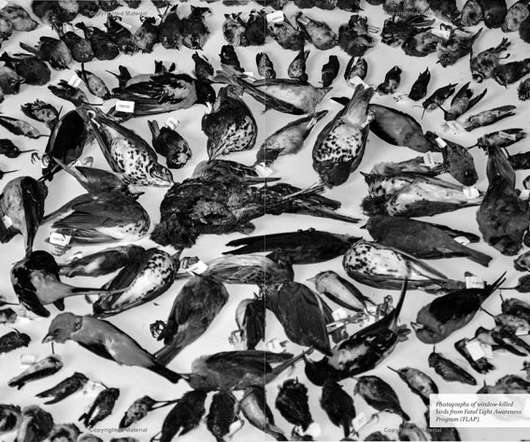Want to Go Bird Banding in Amazonian Peru?
10,000 Birds
MARCH 7, 2011
By Mike • March 7, 2011 • 5 comments Tweet Share I bet you do! Duncan Mar 7th, 2011 at 5:15 pm I can imagine being there. Mike Mar 7th, 2011 at 5:46 pm The trip (not counting airfare) might be a lot less than you think, Duncan. Coreys 2011 Year List - 228 Copyright © 2011 10,000 Birds. Wicked, right?












Let's personalize your content